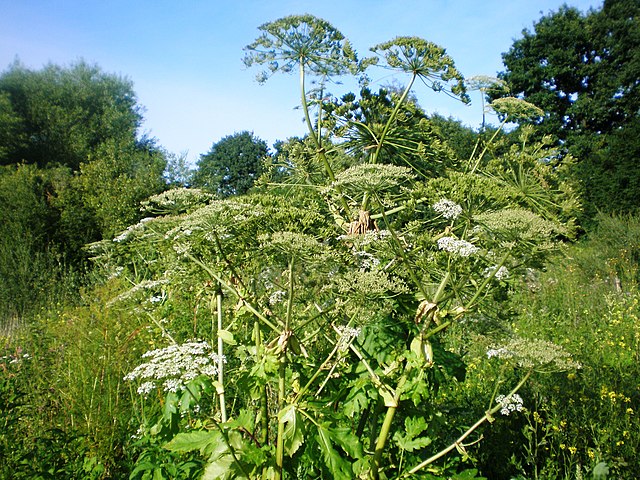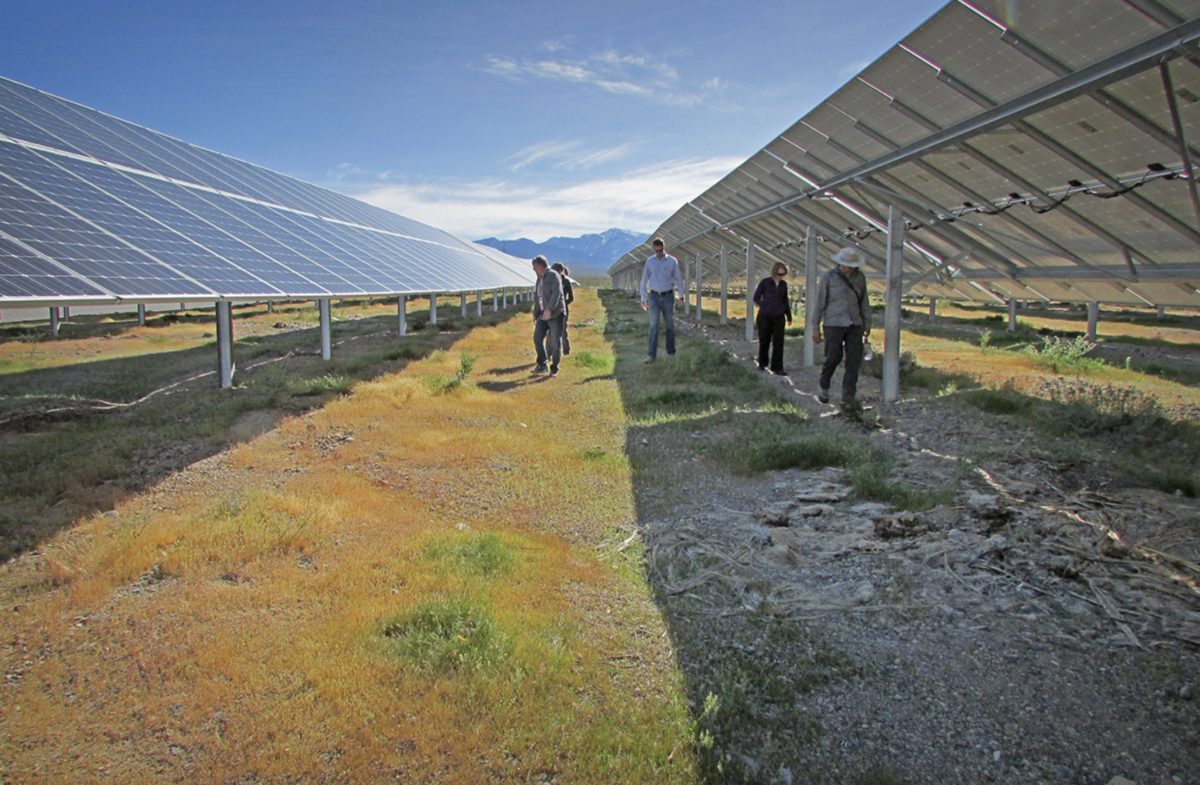https://www.pv-magazine-india.com/2022/10/14/sodium-ion-battery-anode-made-from-toxic-hogweed/
Sodium-ion battery anode made from toxic hogweed

When hogweed sap touches human skin in conjunction with sunlight, it can cause skin inflammation.
Image: Wikimedia Commons, Hugo.arg
From pv magazine Global
Hard carbons appear to be one of the most suitable candidates for anode materials for sodium-ion batteries because of their electrochemical performance and relative ease of production. This class of materials can be obtained from a variety of precursors, and the most ecologically sustainable route is the synthesis from biomass.
Researchers from Moscow State University (MSU) and Skolkovo Institute of Science and Technology (Skoltech) have developed a high-quality anode material from an unlikely source – Heracleum sosnowskyi, a highly invasive plant, which is dangerous for humans and can cause skin burns but produces a large amount of green biomass in a short time.
“We thought, wouldn’t it be fun to take something as nasty and objectionable as hogweed and make something useful out of it,” said co-author Zoya Bobyleva of Lomonosov Moscow State University. “The thing about hard carbon materials, used in sodium-ion battery anodes, is you can make them from biomass of virtually any origin. No one has considered hogweed before. But it turned out pretty well.”
The hard carbon produced by the MSU-Skoltech team exhibited a Coulombic efficiency of 87%, which is on par with the best reported results for hard carbons synthesized from other raw materials. As for the energy storage capacity, at about 260 mAh/g, the material falls short of the best results reported elsewhere — around 300 mAh/g. In addition, it demonstrated capacity retention of 95% after 100 charge-discharge cycles in sodium half-cells.
In “Sosnowskyi Hogweed-Based Hard Carbons for Sodium-Ion Batteries,” which was recently published in Batteries, the researchers proposed a simple synthesis method that includes the pretreatment stage and further carbonization at 1,300 C. The new anode was demonstrated in full sodium-ion cells with NASICON-type Na3V2(PO4)3 cathode material.
This content is protected by copyright and may not be reused. If you want to cooperate with us and would like to reuse some of our content, please contact: editors@pv-magazine.com.




